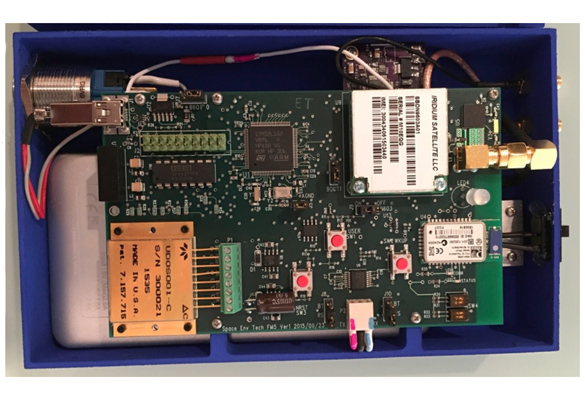ARMAS Dual Monitor Pre-Operations Mission Demonstration (ARMAS DM POMD)
PI: W Kent Tobiska, Space Environment Technologies (SPACEWX)
PI: W Kent Tobiska, Space Environment Technologies (SPACEWX)

- NA
This technology is designed to identify sources of radiation that contribute to air crew members’ higher melanoma and basal cell carcinoma rates. Researchers intend to validate this atmospheric radiation monitoring operational system for air traffic and suborbital flight safety.
A successful demonstration of this technology will advance it from TRL 7 to 8. This will be accomplished by the identification of a radiation source that leads to crew shallow-tissue cancers.
NASA suborbital, ISS and Gateway missions, with real-time data assimilated in the NAIRAS global physics model (Nowcast of Atmospheric Ionizing Radiation for Aviation Safety)
Department of Commerce
Federal Aviation Administration
Commercial air and space radiation management
Technology Details
-
Selection DateTechFlights19 (Oct 2019)
-
Program StatusActive
- 0 Balloon
Development Team
-
PIW Kent Tobiska
-
Organization
-
SponsorNASA

